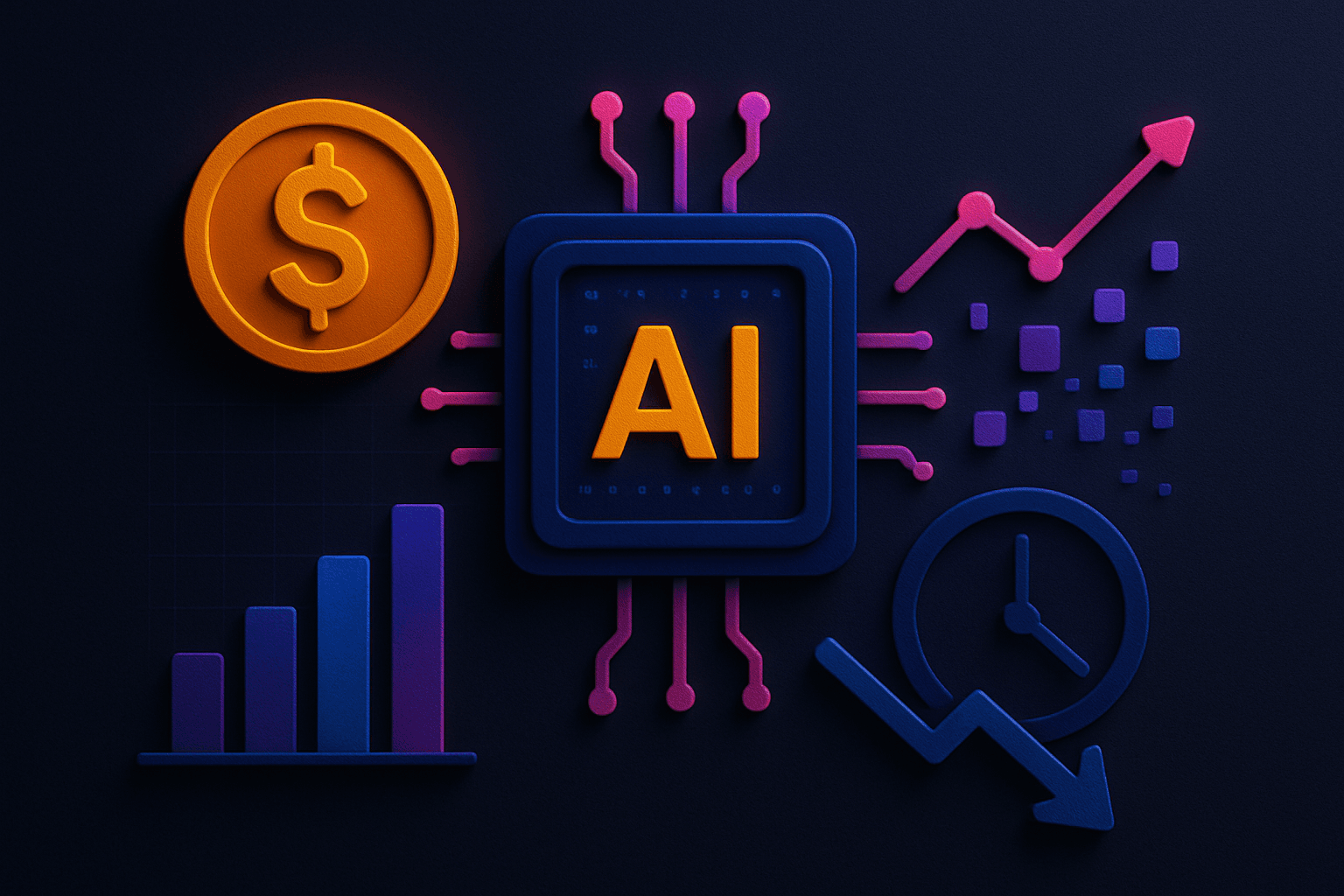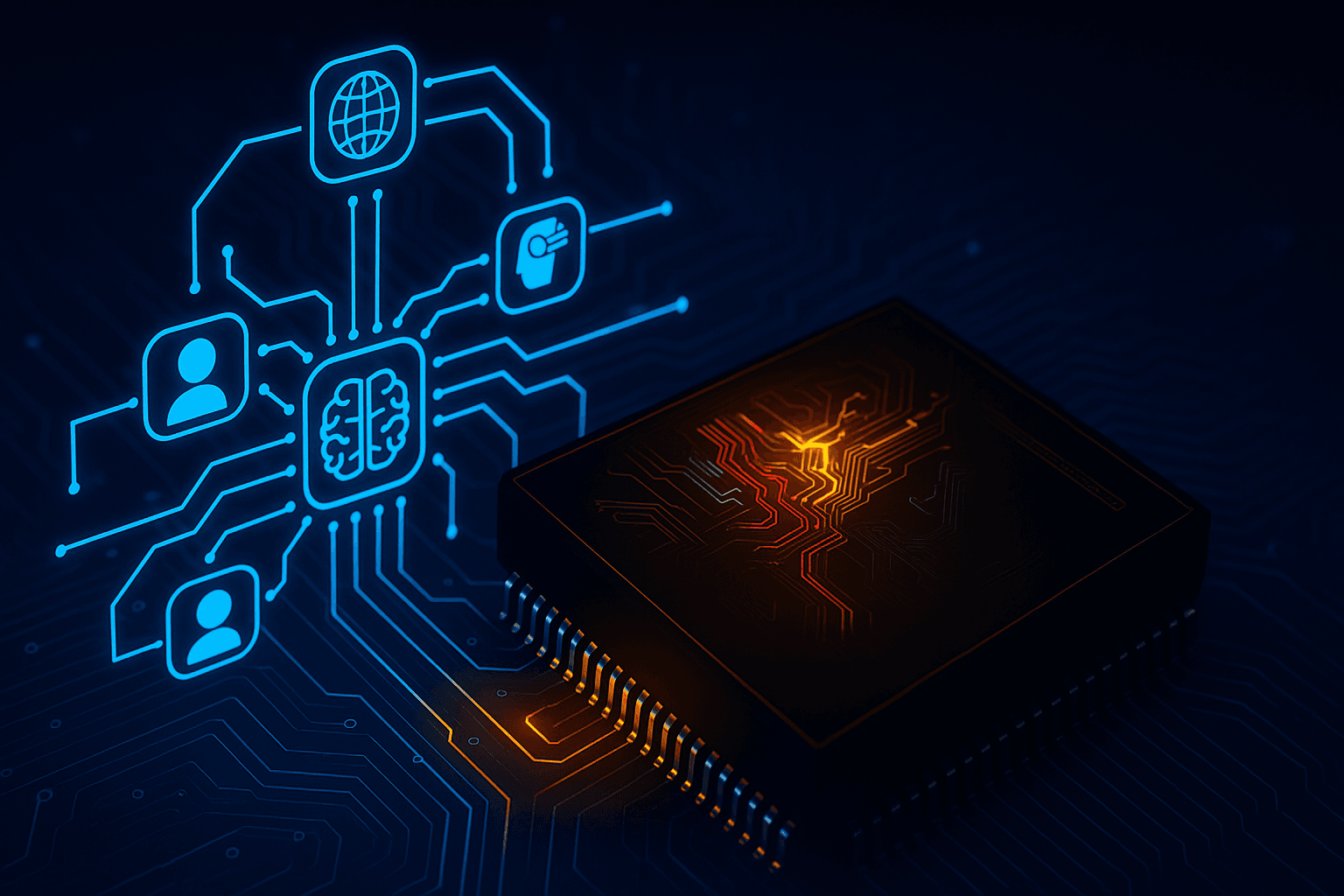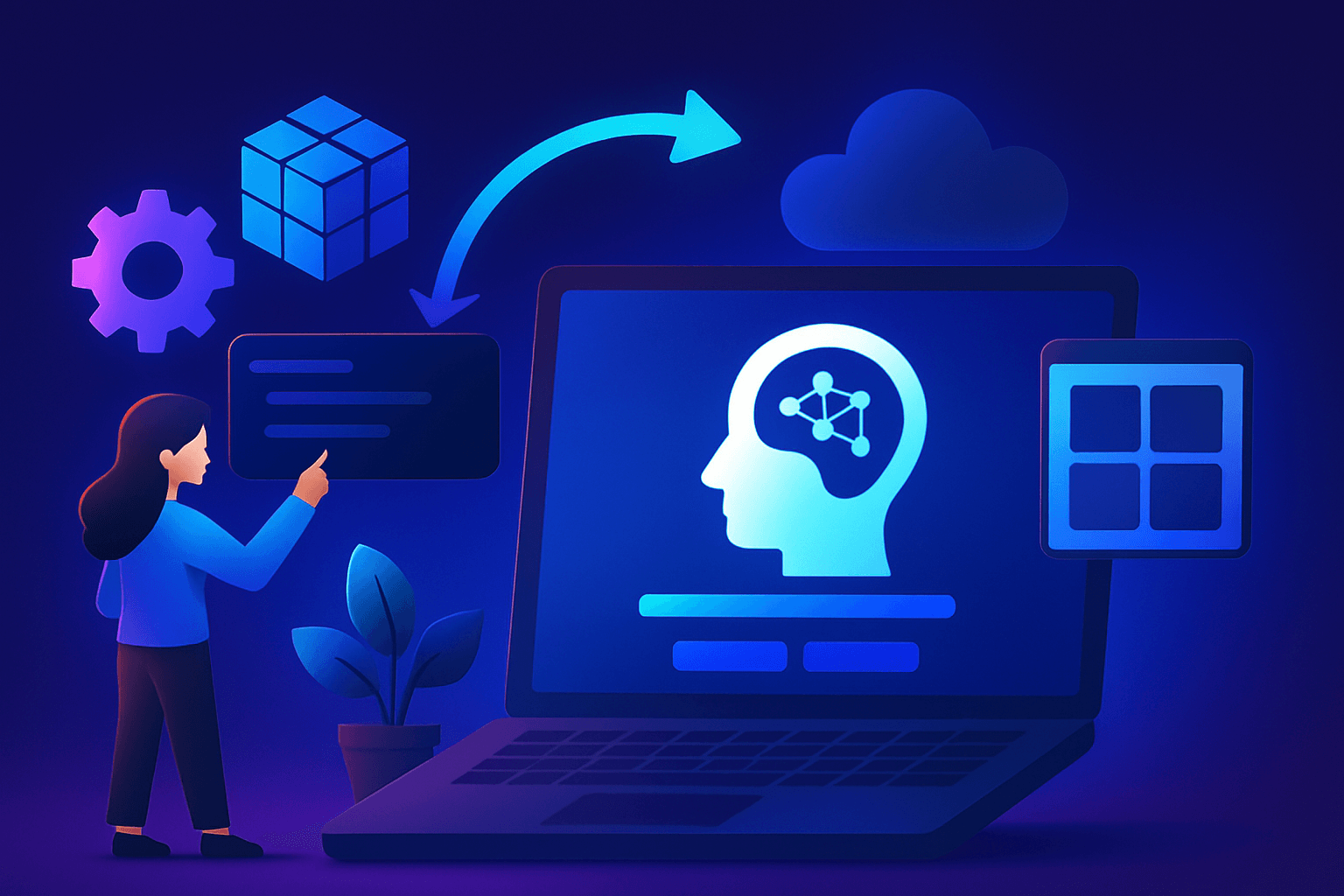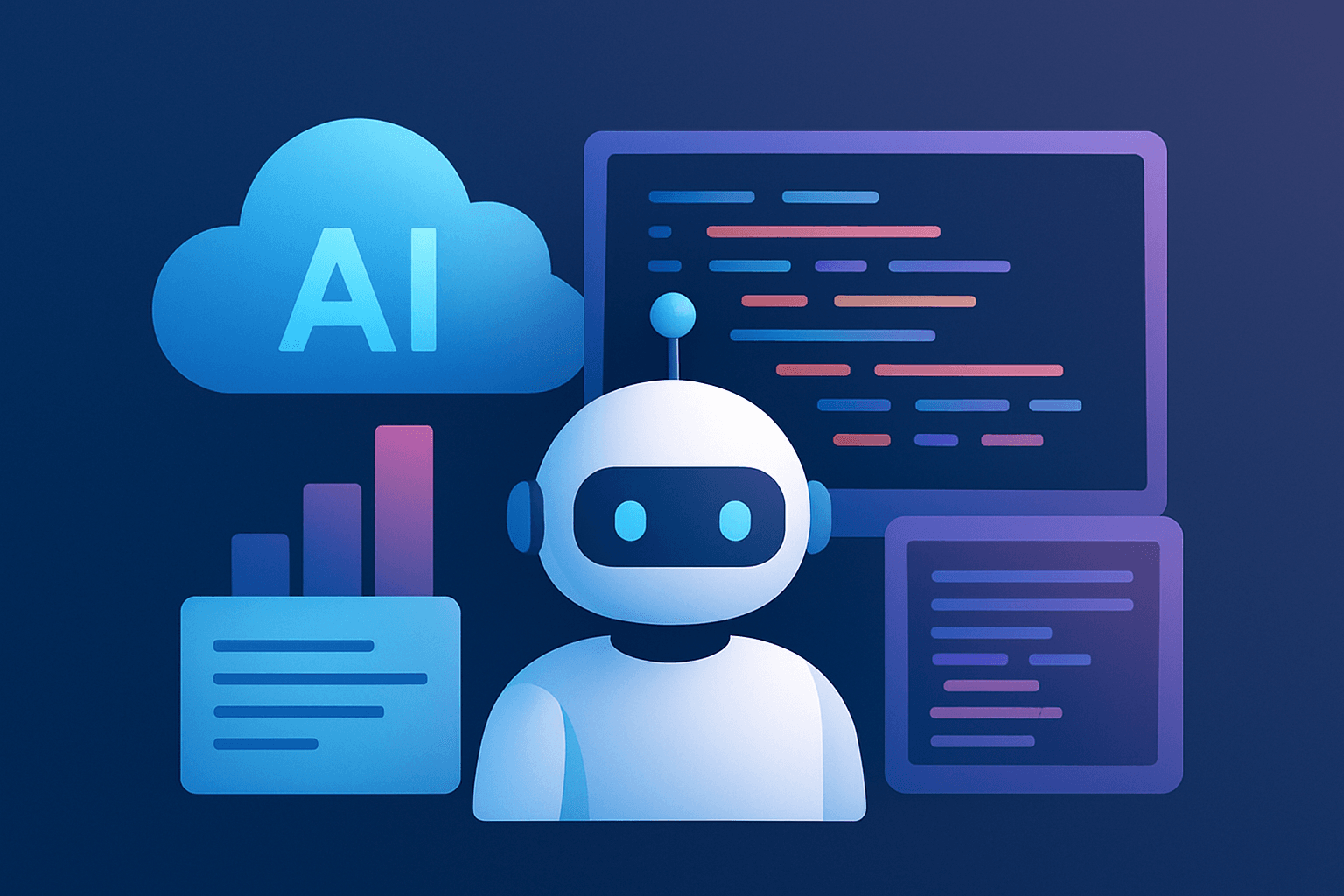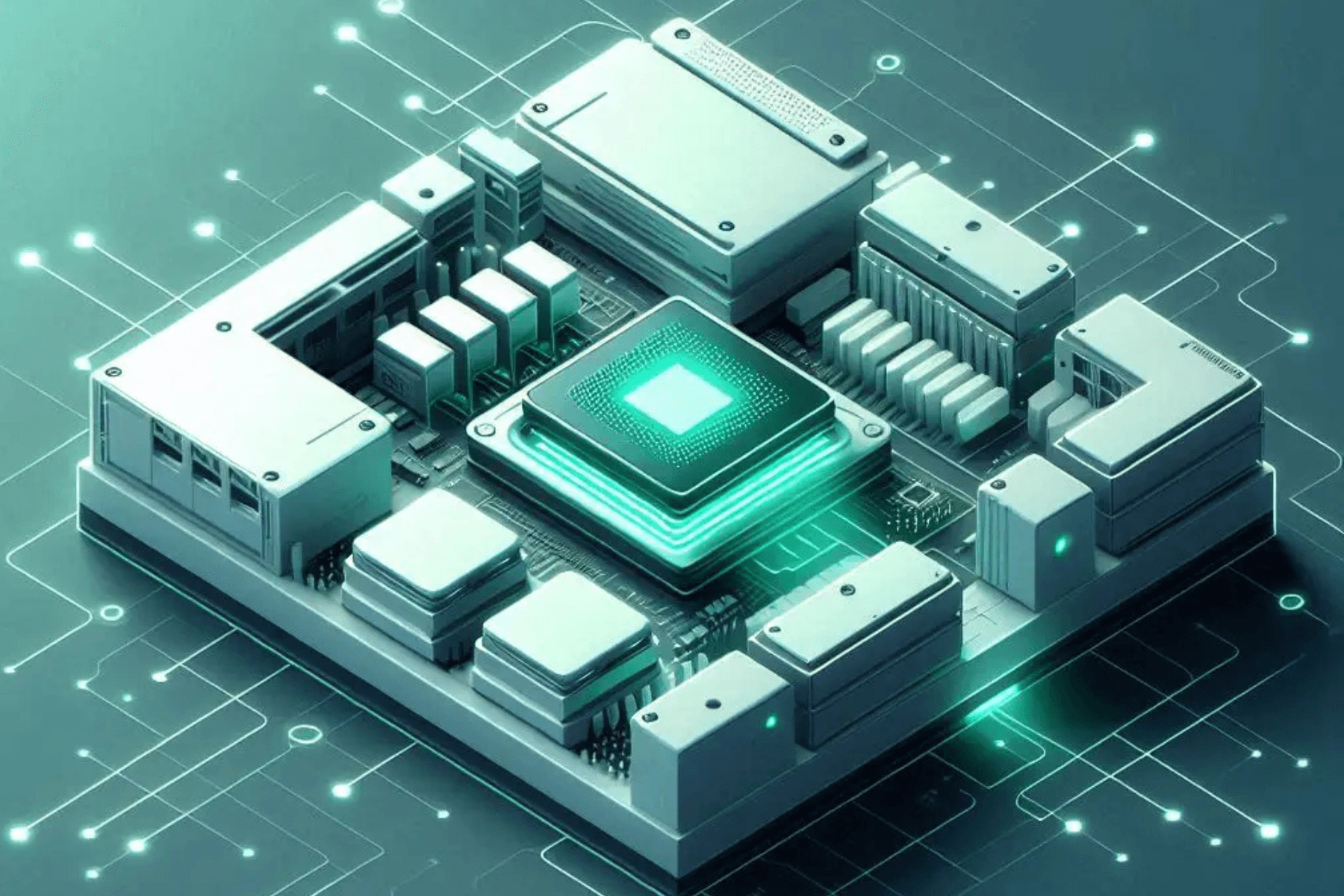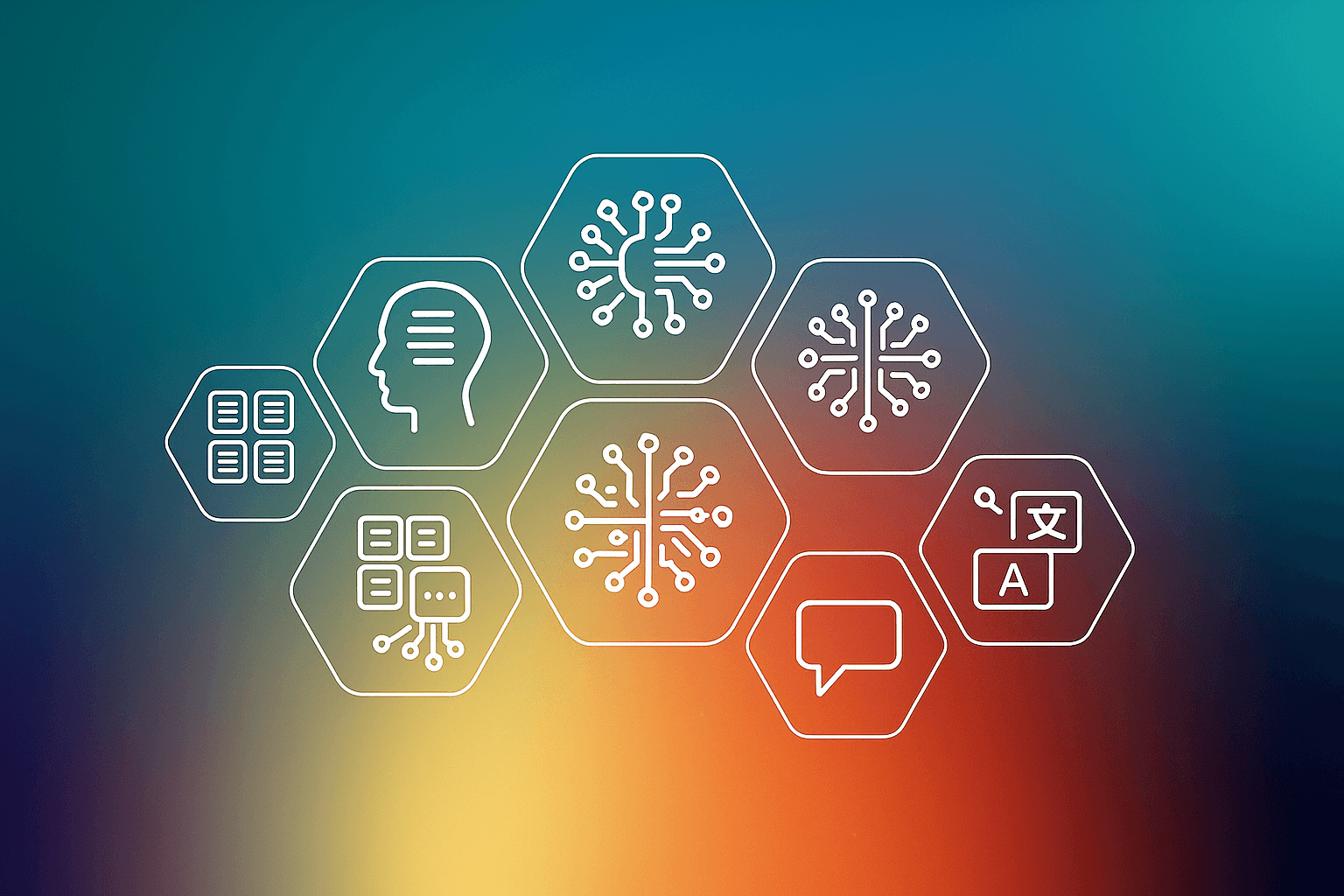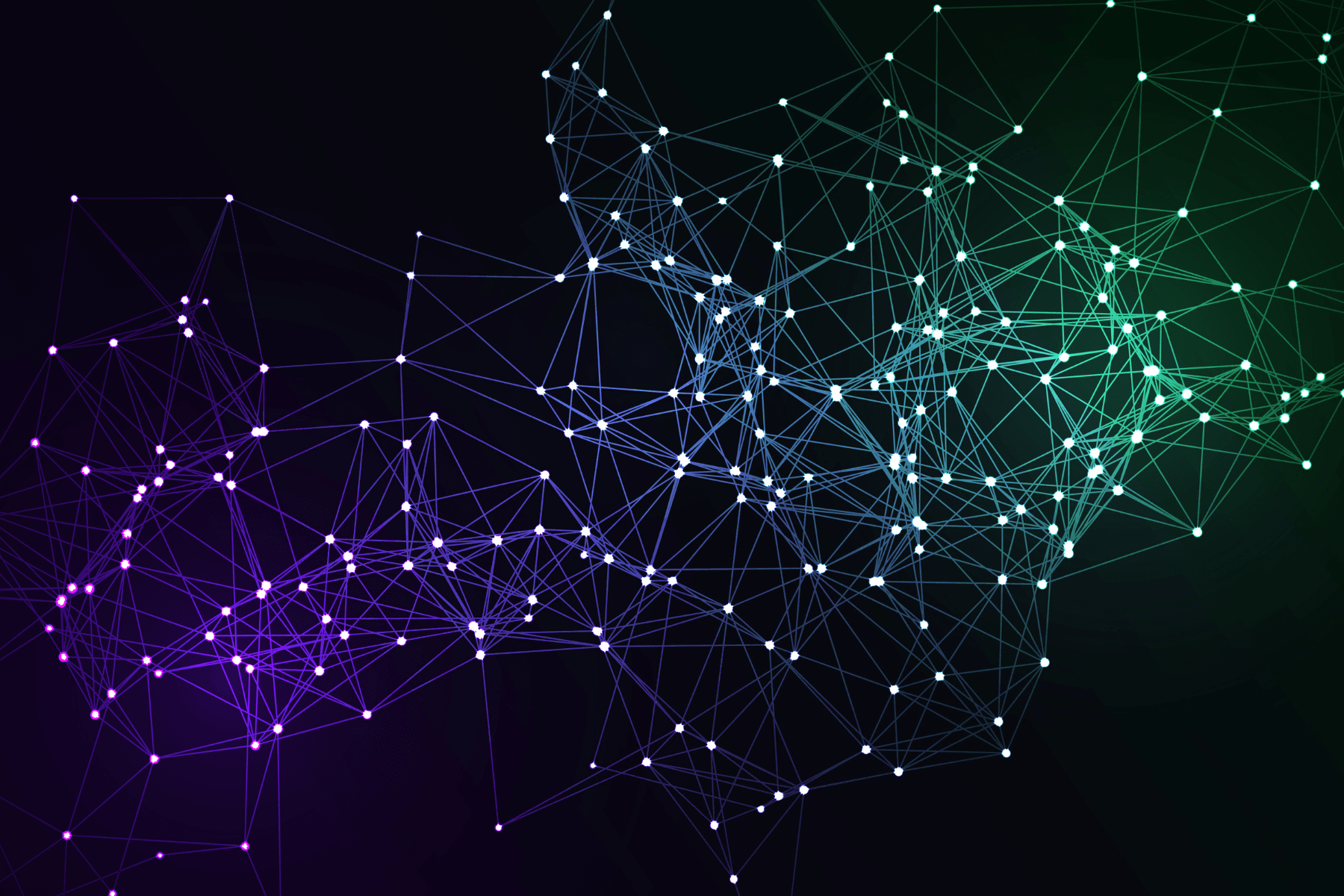The Indian government's initiative to increase financial inclusion and the subsequent digitalisation drive has resulted in the rise of various financial startups in the country. With traditional financiers having a long and complicated compliance process, these companies are offering various services at a much quicker pace. Moreover, the process is simple. In accordance with this, what has changed is the way Indians are investing these days and conducting their financial transactions.
Furthermore, the introduction of artificial intelligence (AI) and machine learning (ML) has helped improve such firms' operations. The obvious benefits are driving more and more companies to incorporate this technology.
But, which are the top AI and ML startups in finance? Read on to learn more...
Top 7 AI and ML Startups in Finance
Here is a list of seven organisations that are excelling in incorporating this advanced technology into their operations –
- Razorpay
Razorpay was founded in 2013 in Bengaluru, Karnataka. It is India's only payments solution provider, which allows acceptance, processing and disbursal of payments for companies and individuals. Razorpay uses AI software called Third Watch, which helps reduce losses due to fraud.
It powers many payment solutions like JioMoney, FreeCharge and PayZapp. Also, it provides support to all sorts of payment options from debit and credit cards and net banking to UPI or mobile wallets. It is a complete payment solution that uses AI heavily on its platform.
- CreditMate
CreditMate is another finance company which uses AI and ML in debt collection. It was founded in 2019 in Mumbai, Maharashtra. CreditMate helps lenders in the collection of delayed payments from debtors. And, the use of AI and ML technologies simplifies this process further.
CerditMate's recent product, Sherlock, launched in 2019, uses an ML system to rate defaulters who are in debt and whether they can handle a credit resolution efficiently. Using AI and ML, CreditMate makes this decision-making process faster.
- LendingKart
LendingKart was founded in Gurugram, Haryana, in 2014. The company's objective was to help enterprises in securing fast access to a financing solution. LendingKart uses AI and ML to measure the creditworthiness of a business or individual in real time.
Moreover, LendingKart acts as an NBFC (non-banking financial company), which does not take deposits to approve loans. It specifically lends capital to small businesses in the country. This way, it makes loans more accessible to small businesses. AI helps them in gauging how good their marketing schemes are performing and whether the campaigns will achieve the target or not. It helps them to allocate funds to their budget in a better manner.
- MSwipe
MSwipe began its operations in 2011 in Mumbai, Maharashtra. It is an automation app for field force. It connects the head office and the on-field sales team and allows them to exchange information with the use of real-time AI and ML.
This AI and ML technology is called F2A2 Asia. A Bengaluru-based company, Signzy was responsible for developing this technology. It has built this sophisticated technology to provide a solution to merchant onboarding.
Moreover, F2A2 Asia helps in the digital recording of KYC documentation and storing information related to merchant profiles. It also helps in instant authentication using 40-plus government databases. Thus, it has reduced the merchant onboarding time.
- CogNext
CogNext was founded in 2019 in Mumbai, Maharashtra. It is one of those fintech startups that has grown quickly. It has developed India's first platform with zero-code regulatory compliance, as well as simplified and automated regulatory compliance.
Also, CogNext offers strong solutions for management and scaling up the business of credit and lending for several financial institutions. They are using technologies like deep learning, NLP and predictive analytics.
Further, CogNext has developed Platform X, an automated platform that makes the processing of client data simpler.
- Capital Float
Capital Float began its operations in 2013 in Bengaluru with an aim to simplify risk assessment and marketing for financial institutions. Additionally, Capital Float combines AI and human decision-making capability to develop ML algorithms for assisting the software in determining an applicant's creditworthiness for a loan application. It uses AI and ML to direct the correct loan form to an individual loan applicant.
Capital Float uses AI in matching marketing campaigns to the right target clients. In 2018, Capital Float purchased Walnut, an app which helps in individual finance management.
So, Capital Float also started offering credit solutions. Now, they have started a 'Buy Now Pay Later' platform.
- Credgenics
Credgenics was founded in 2018 in New Delhi. It is a debt recovery solution provider which uses AI along with its arsenal of cloud-based tools. It helps lenders and banks to recover their funds. Its cloud-based platform has features like profiling analytics and collection strategy and automated connection tools, insolvency solutions, bankruptcy solutions and dispute resolutions.
The Final Word
The advancement of technology will further increase the reach of financial services. Moreover, with time, the government’s aim to bring everyone into the financial system of this country will become a reality. And, in this mission, these startups with their advanced technology will play a significant role.
Reference Links:
